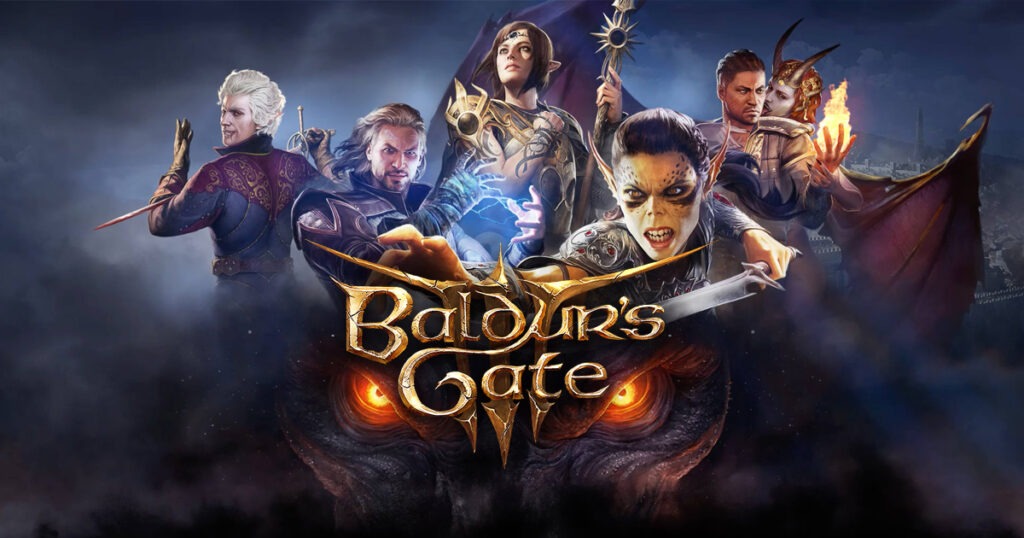Valorant, Riot Games’ tactical first-person shooter, has become a staple in the competitive gaming scene, combining precise gunplay with unique character abilities. At the core of the game is its diverse roster of Agents, each with their own set of abilities that can shape the battlefield and turn the tide of battle. Whether you’re a beginner or a seasoned player, understanding these Agent abilities is crucial to mastering Valorant and climbing the ranks.
Below, we’ll break down every Agent’s abilities (as of 2025), provide tips and tricks for optimal usage, and explore how to synergize them with your team for maximum impact.
Duelists: The Frontline Fraggers
Duelists are the damage dealers in Valorant, designed to initiate fights and secure kills. They are ideal for aggressive playstyles.
Jett
- Cloudburst: Throw a smoke that can be steered in the air. Use it to obscure vision during fast pushes or to create safe escapes.
- Updraft: Propels Jett upward, allowing her to reach high places or evade danger. Great for surprising opponents.
- Tailwind: A rapid dash in the direction Jett is moving. Use this to reposition quickly or dodge enemy fire.
- Blade Storm (Ultimate): Equips throwing knives that deal precise damage and refresh on a kill. Best used in eco rounds or when you need pinpoint accuracy.
Pro Tip: Jett excels at flanking and surprising enemies. Combine her mobility with quick entries into chokepoints or to bait out enemy utility.
Phoenix
- Blaze: Creates a wall of fire that blocks vision and damages enemies. Phoenix can curve this wall for creative angles.
- Curveball: A flashbang that curves around corners. Perfect for blinding enemies before pushing into a site.
- Hot Hands: A fireball that deals damage in its radius but heals Phoenix. Use it to heal up during firefights.
- Run It Back (Ultimate): Allows Phoenix to respawn at the cast location if killed during the ultimate. Use it to take high-risk engagements.
Pro Tip: Use Phoenix’s flashes to clear tight corners and play aggressively when his ultimate is active, as it essentially gives you a free life.
Raze
- Boom Bot: Deploys a robot that chases enemies and explodes. Use it to clear corners or gather intel.
- Blast Pack: An explosive satchel that deals damage and can propel Raze for movement tricks.
- Paint Shells: A cluster grenade that deals massive damage. Perfect for clearing out groups or forcing enemies out of cover.
- Showstopper (Ultimate): A rocket launcher that deals devastating AoE damage. Best used in close-quarter engagements or to clear out contested areas.
Pro Tip: Use Raze’s Blast Pack for double jumps to access unexpected angles, catching enemies off guard.
Initiators: The Team Enablers
Initiators excel at creating opportunities for their team by gathering intel and disrupting enemy setups.
Sova
- Recon Bolt: Fires a bolt that reveals enemies within its line of sight. Best used to scout areas before a push.
- Owl Drone: A controllable drone that marks enemies it spots. Use it to safely gather intel on enemy positions.
- Shock Bolt: Fires an explosive arrow that deals AoE damage. Perfect for breaking utility or damaging hiding enemies.
- Hunter’s Fury (Ultimate): Fires three powerful energy beams across the map, dealing damage and revealing enemies hit.
Pro Tip: Learn lineups for Sova’s Recon and Shock Bolts on every map to maximize his utility and support your team effectively.
KAY/O
- FRAG/ment: A grenade that sticks to the floor and deals damage over time. Use it to flush enemies out of cover.
- FLASH/drive: A flash grenade that can be thrown underhand or overhand. Effective for initiating pushes.
- ZERO/point: A suppression knife that disables enemy abilities. Great for denying defenders their utility.
- NULL/cmd (Ultimate): KAY/O becomes an empowered combatant, revivable by teammates if downed, while emitting suppression pulses.
Pro Tip: Use ZERO/point to clear critical areas, such as chokepoints or bomb sites, before committing to a push.
Sentinels: The Defenders
Sentinels are defensive specialists, perfect for locking down areas and supporting teammates.
Cypher
- Spycam: A camera that can mark enemies with tracking darts. Place it in hard-to-spot areas for constant surveillance.
- Cyber Cage: Traps that slow enemies passing through them. Use it to block entries or catch enemies off-guard.
- Trapwire: Deploys a tripwire that reveals and dazes enemies. Place it in common pathways for maximum effectiveness.
- Neural Theft (Ultimate): Reveals the location of all living enemies after marking a dead body.
Pro Tip: Cypher thrives on information. Use his traps and Spycam to relay intel to your team, especially on defense.
Sage
- Barrier Orb: Creates a large wall that can block paths or provide cover. Can be rotated for precise placement.
- Slow Orb: Slows enemies in its radius. Use it to control enemy movement or delay pushes.
- Healing Orb: Heals yourself or a teammate. Time it carefully during fights.
- Resurrection (Ultimate): Revives a fallen teammate. Best saved for high-value targets like Duelists or Initiators.
Pro Tip: Use Sage’s wall creatively to boost yourself or teammates to unexpected positions.
Controllers: The Strategic Smokers
Controllers focus on blocking vision and controlling areas of the map.
Omen
- Shrouded Step: Teleport a short distance. Use it to reposition or escape danger.
- Paranoia: Sends a shadow projectile that nearsights enemies. Perfect for initiating pushes.
- Dark Cover: Deploys smoke orbs to block vision. Use them to cut off sightlines and confuse enemies.
- From the Shadows (Ultimate): Teleport anywhere on the map. Use it for flanks or to gather intel.
Pro Tip: Fake Omen’s ultimate to bait out enemy rotations or utility.
Astra
- Stars: Place stars on the map that can be activated as smokes, stuns, or gravity wells. Requires map awareness and planning.
- Nova Pulse: Stuns enemies in the radius of a star. Great for stopping pushes.
- Gravity Well: Pulls enemies toward the center, leaving them vulnerable.
- Cosmic Divide (Ultimate): Creates a wall that blocks bullets and dampens sound. Perfect for splitting sites during executes.
Pro Tip: Astra requires coordination. Communicate with your team to get the most out of her utility.
Viper
- Snake Bite: Deploys a pool of acid that damages enemies over time. Great for blocking plant or defuse attempts.
- Poison Cloud: Creates a smoke cloud that drains fuel. Use it to block vision or stall pushes.
- Toxic Screen: A long wall of toxic gas. Use it to block multiple sightlines at once.
- Viper’s Pit (Ultimate): Creates a large toxic cloud that heavily obscures vision. Best used to hold or retake sites.
Pro Tip: Manage Viper’s fuel carefully, as overuse of her abilities can leave you vulnerable.
General Tips for Mastering Agent Abilities
- Experiment: Don’t stick to just one Agent. Learning multiple Agents helps you adapt to different team compositions and maps.
- Communication is Key: Use abilities in sync with your teammates for maximum impact.
- Study Pro Play: Watch competitive matches to learn creative uses of abilities.
- Practice in Custom Games: Test lineups, smokes, and ability placements to improve your efficiency.
Want to master Valorant or share your strategies? Join the Valorant group on Absurd.link to connect with other players, exchange tips, and discuss the latest updates. Together, we’ll dominate the battlefield!










